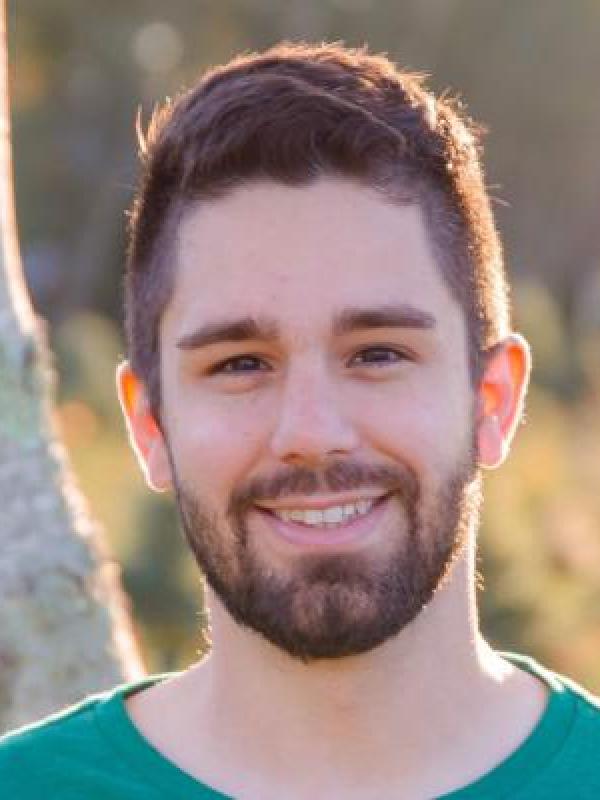Daniel Brandenburg

Contact Information
Assistant Professor
Areas of Expertise
- Nuclear Experiment
- STAR Experiment at the Relativistic Heavy Ion Collider
- Electron Ion Collider, EPCI Collaboration
Education
- B.S. Physics, University of Florida, 2013
- M.S. Physics, Rice University, 2015
- Ph.D. Physics, Rice University, 2016
Honors and Awards
- Blavatnik Regional Award Honoree, 2022
- Elsevier Nuclear Physics A Young Scientist Award, 2019
- Goldhaber Distinguished Fellowship, Brookhaven National Laboratory, 2020
My research utilizes collisions between ultra-relativistic heavy nuclei to study nuclear matter under extreme temperature and density conditions. In these collisions we can recreate a phase of matter called the quark-gluon plasma (QGP) that existed briefly in the early universe. The extreme conditions of the QGP cause the fundamental building blocks of matter, quarks and gluons, to no longer be confined within individual hadrons. When heavy-ions collide, they create an incredibly hot and dense fireball of quarks and gluons that can momentarily form a QGP phase. However, studying this phase is extremely challenging, since the fireball quickly expands and cools, causing the quarks and gluons to recombine to form stable hadrons such as protons and neutrons. Therefore, everything we learn about the QGP must be reconstructed from the final state particles that we can observe.
In addition to creating an extreme form of nuclear matter, ultra-relativistic heavy-ion collisions produce the strongest electromagnetic fields in the universe.
My work has focuses on utilizing these ultra-strong electromagnetic fields to study the nuclear matter and the QGP. For instance, these ultra-strong fields provide an intense source of high-energy photons that can be used to 'image' the gluons inside large nuclei, helping to reveal their dynamics.
My group also uses these ultra-high energy photons to search for physics beyond the Standard Model.
This research is also closely related to my work realizing the next generation nuclear physics experiment in the US: the Electron Ion Collider (EIC). The EIC is a machine for colliding high-energy electron beams with heavy nuclei. The precision of the electron probe will allow tomographic measurement of nuclear matter to unprecedented levels of detail. My group is actively involved in developing the physics program of this discovery class machine. We are also leading various efforts involved in building the first detector experiment of the EIC, as part of the EPIC collaboration.
